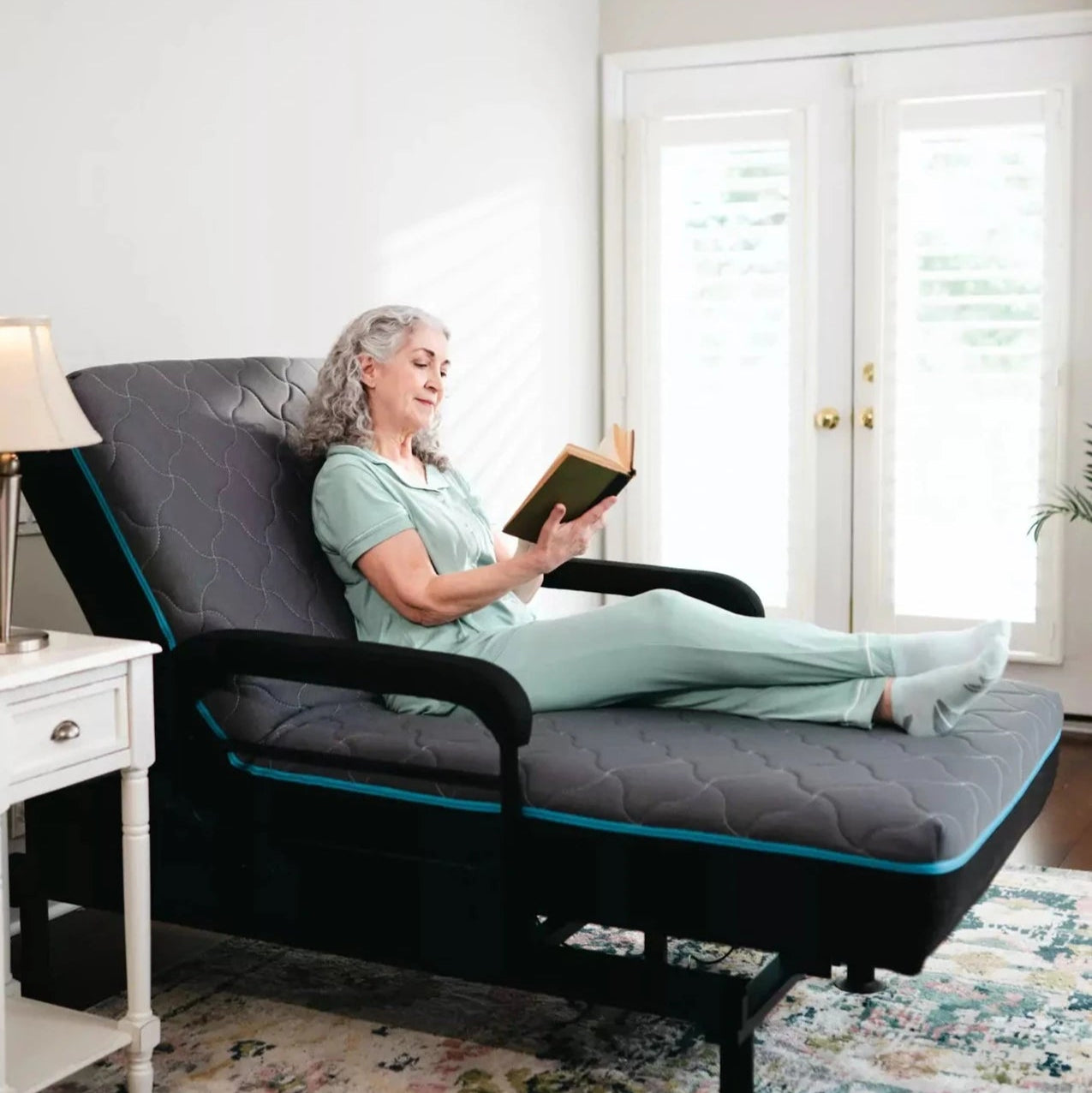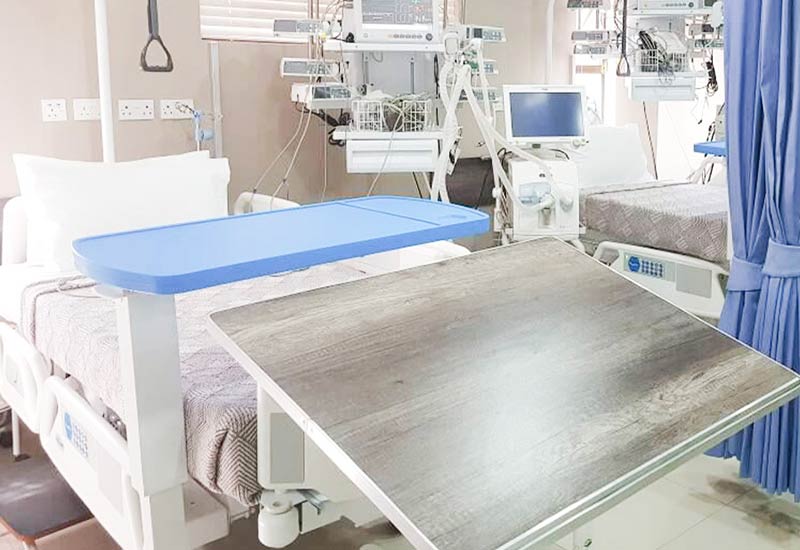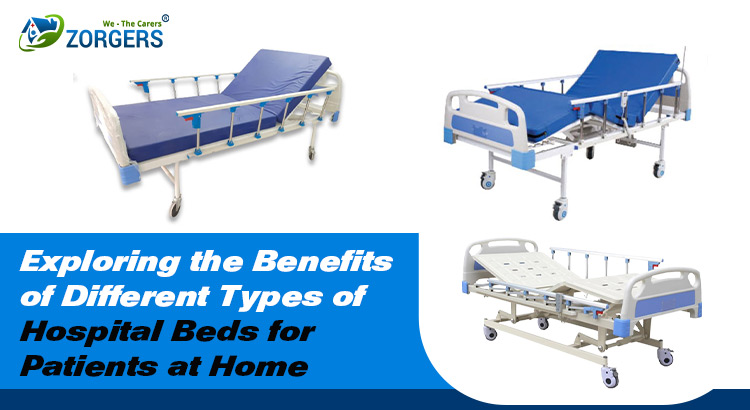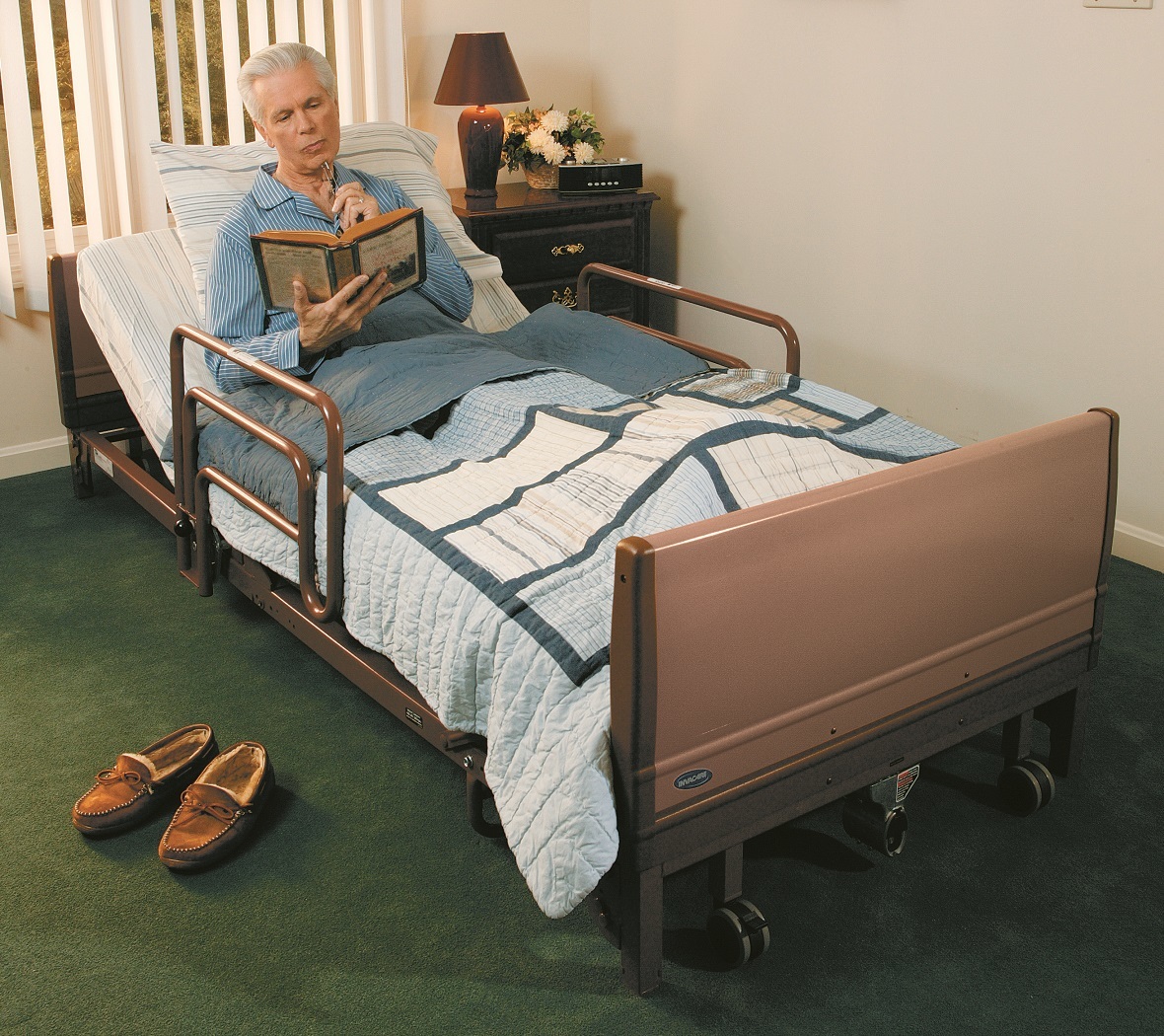About Hospital Beds For Home Use
About Hospital Beds For Home Use
Blog Article
Facts About Hospital Beds For Home Use Uncovered
Table of ContentsHospital Beds For Home Use Fundamentals ExplainedNot known Factual Statements About Hospital Beds For Home Use The smart Trick of Hospital Beds For Home Use That Nobody is Talking AboutThe 20-Second Trick For Hospital Beds For Home UseWhat Does Hospital Beds For Home Use Mean?Top Guidelines Of Hospital Beds For Home UseThe Buzz on Hospital Beds For Home Use
There are three primary kinds of healthcare facility beds: manual, semi-electric, and fully-electric. These beds use hand cranks to adjust the bed's height and elevate and reduce the head and the foot.
Semi-electric beds have an electrical motor to raise and reduce the head and foot parts of the bed. People and caretakers readjust the placing by pushing switches making use of a hand pendant. The elevation of the bed is adjusted by hand with a hand crank. Full-electric beds have an electrical motor that can elevate the head and foot areas of the bed in addition to the whole elevation and positioning of the bed.
Little Known Questions About Hospital Beds For Home Use.
There are several kinds of medical facility beds, each designed to fulfill particular patient requirements. Here are some typical kinds: This is the most typical type of health center bed, developed for general medical usage.
Lower to the ground than a common bed. This kind of bed is designed for larger patients, with a broader structure and higher weight capacity than a basic bed.
This kind of bed is developed for critically sick patients who require open surveillance and specialized medical tools such as ventilators and mixture pumps. This kind of bed is made for use during labor and delivery, with adjustable settings and attributes to sustain the mommy and baby during the birth process.
All about Hospital Beds For Home Use
Several function and the accessories execute expanding traction to various components of the vertebra and the extremities without moving the human body. These are simply a few examples of the kinds of medical facility beds available. The specific type of bed used will depend on the individual's problem, medical demands, and various other variables.
Right here is things you require to know. A one-function medical facility bed is a medical bed that permits a person to relocate only the head or foot section up or down. A 2 feature hospital bed generally describes a type of clinical bed that has two adjustable features to aid individuals in healthcare facilities or care facilities.

The 5-Minute Rule for Hospital Beds For Home Use
A 7-function ICU bed is a kind of clinical bed that gives several adjustable functions to support critically sick people in a critical care unit (ICU) (hospital beds for home use). The 7 features normally consist of: Back-rest change: The back-rest can be gotten used to numerous angles to assist the person stay up or relax pleasantly
Elevation change: The bed can be elevated or reduced to make it much easier for patients to enter and out of bed, and for caretakers to give care. Trendelenburg position: The whole bed can be slanted to promote blood flow and flow in the body. Reverse Trendelenburg setting: The my site bed can likewise be tilted in the opposite instructions to promote blood flow and flow in the top body.
1. What Size is a Health Center Bed? 2. Exactly how Much Does a Health Center Bed Price? 3. Why Do Medical Facility Beds Have Side Bed Rails? 4. What Are The Key Health Center Bed Components?. While more budget-friendly than electrical models, these beds call for physical initiative for modifications. The main benefits of hands-on beds are their affordability and integrity, as they do not depend on electrical energy. The demand for hand-operated initiative can be a constraint in situations where fast changes are needed or where caregivers deal with physical obstacles.
An Unbiased View of Hospital Beds For Home Use
Semi-electric hospital beds offer a balance of manual and electrical controls. These beds supply a suitable center ground between handbook and fully electric choices, offering convenience of usage without the complete price of electrical versions.
Semi-electric beds are fit for individuals that need modest changes to the head you could try here and foot areas find more info yet can handle without constant height modifications. This makes them an economical option for those seeking comfort and benefit without the requirement for continuous repositioning. Totally electrical hospital beds include electrical controls for smooth modifications to the height, head, and foot areas.
Specialized health center beds, such as ICU beds, long-lasting treatment beds, and bariatric beds, are meticulously created to deal with specific clinical demands. These beds use tailored look after varied individual groups, boosting both outcomes and convenience. In the complying with sections, we will certainly check out the main kinds of specialty hospital beds, outlining their certain benefits and applications.
With years of experience in making electric linear actuators - hospital beds for home use and close cooperation with the medical care sector, TiMOTION is well-positioned to supply reliable health care services. Our vertically incorporated company handles every action of the production procedure, from style to actuator setting up, ensuring we supply extraordinary worth and customized solutions tailored to your particular needs
Hospital Beds For Home Use Things To Know Before You Buy

To get more information regarding integrating these modern technologies into your items, call us today. Additional reading:.
Data is sourced from the Medicare Cost Report.

Little Known Questions About Hospital Beds For Home Use.
A health center bed is a bed made especially for clinical functions. It is not only an area for patients to relax, however likewise a platform for clinical procedures. Unlike common home beds, health center beds normally have flexible features, which can promote clinical staff to make various adjustments according to the demands of clients, such as changing the elevation, disposition, and support angle of the back and legs of the bed.
Report this page